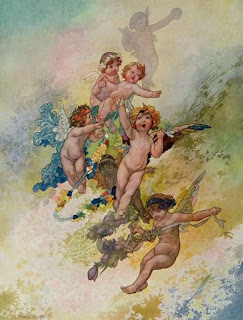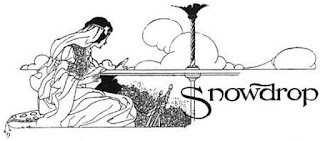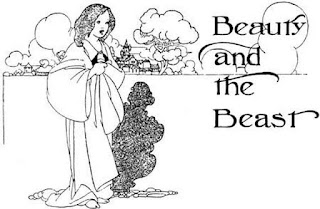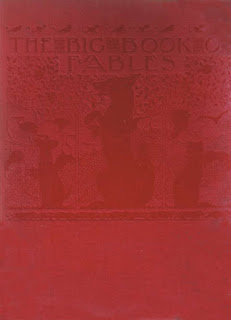Frog Prince

Frog Prince by Charles Robinson Frog Prince is also known as Frog King. It's the first fairy tale in the Children and Household Tales by Jakob and Wilhelm Grimm, officially noted as KHM 1. It's a very important story, a classic tale about a given word and a broken promise, paternal authority, an undesirable groom in the form of the frog, and, of course, a marriage as a typical happily ever after ending. Charles Robinson made the illustration which were published in 1911 by Blackie and Son in London. The book was titled The Big Book of Fairy Tales and this blog features several fairy tales from the same collection. Once upon a time, there was a princess whose favorite pastime was playing with her golden ball. Unfortunately, one day it dropped it in the pond. The princess was sad. She would like to get her ball back. But how? Then a frog appeared. He asked her what was wrong. Can he help her? She explained her problem and promised to reward the frog. He could eat by her table, pl




